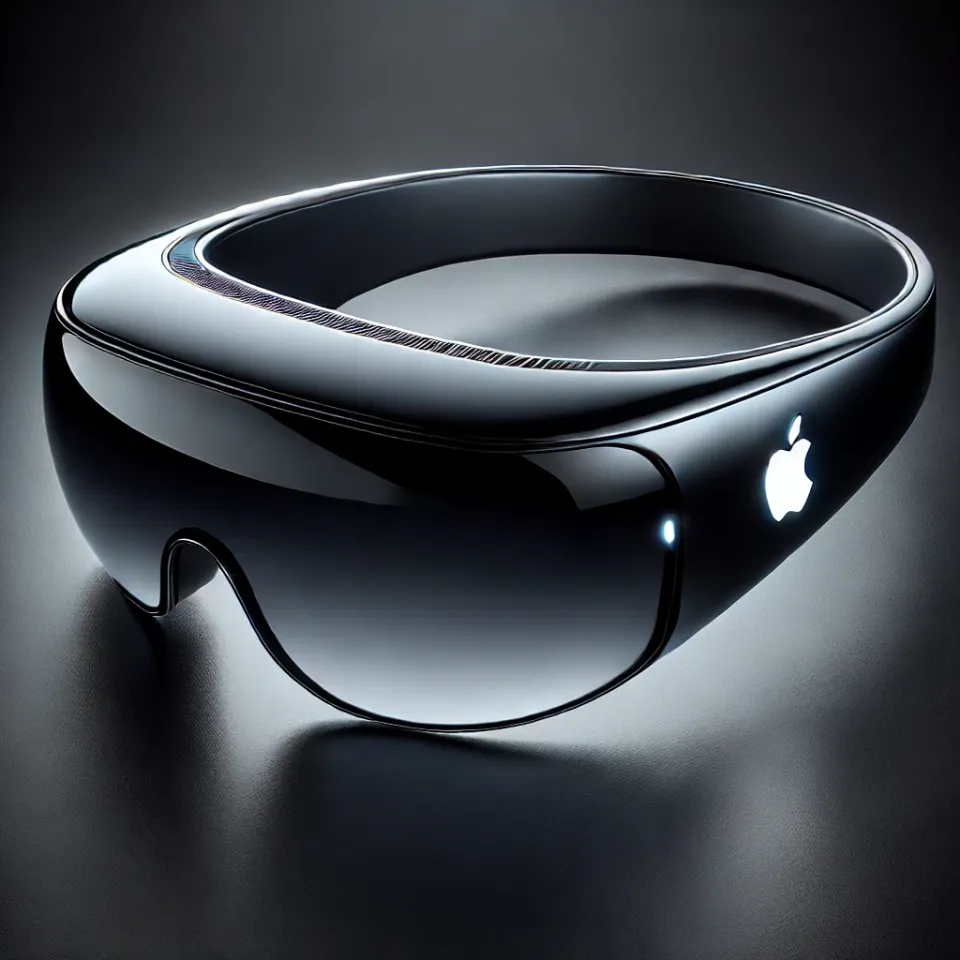Apple Knew Where the Puck Was Going, But Meta Skated There

Amidst the flurry of buzz and hype around Mark Zuckerberg showing off Meta's "Orion" AR glasses at their Connect conference last week, he seemingly tried to slide something past the goalie. "And the small puck that goes with it," he mentioned as a total aside on stage and moved on.
Wait, what? These glasses require a puck?!
It wasn't exactly new news. Other reports about Meta's AR work had noted that a separate puck outside of headsets was likely needed. And while I at first assumed this was similar to the way the Vision Pro needs its tethered battery pack or perhaps closer, the way the Magic Leap also had a tethered "Lightpack" puck, this news is seemingly a bit better as it's a wireless device, no less than Meta CTO Andrew Bosworth noted in response on Threads. That's because it's not a battery – though presumably it has its own battery – it's a computing device that transmits to the glasses.
And that got me thinking – why the hell didn't Apple do this with the Vision Pro?
